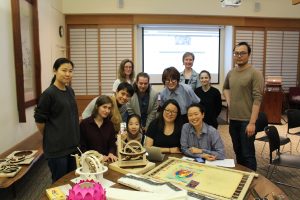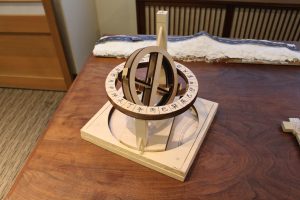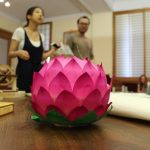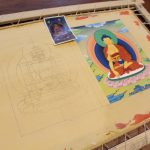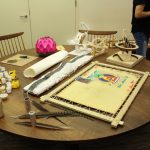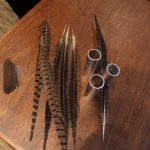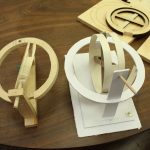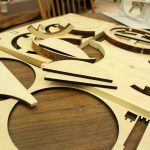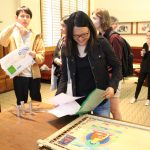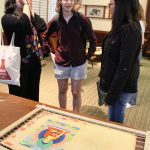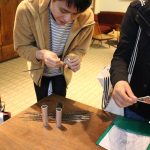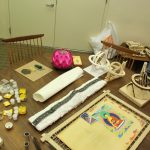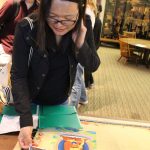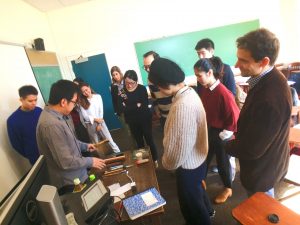HISTORIES OF SCIENCE AND TECHNOLOGY IN EAST ASIA
This was the inaugural seminar on histories of science and technology in East Asia at Columbia. I structured the class as a collection of “histories” to follow multiple trajectories of everyday objects across East Asia. Regional histories are still important, but the transmission, transformation, and isolation of things, people, and ideas help to disrupt the problematic Cold War conception of the “East” in “Asia.”
To this end, we read an odd assortment of texts that focused on technological processes. Each week featured a “how to”—such as “how to bend light” (burning mirrors), “how to dress” (mechanizing silk production), and “how to live forever” (letting blood). It was important to recognize that the authors we read did not share the same intellectual genealogy. And placing them together allowed us to appreciate what it meant to actively create an intellectual genealogy that didn’t quite exist just yet.
Beyond reading texts, the course also involved a practical component. In other words, we engaged with knowledge production by actually making things. This practical assignment, in lieu of a written research paper, was modeled after the Making and Knowing Project directed by Professor Pamela Smith, which explores the relationship between craft knowledge and science through recreating historical recipes. Students either selected either a historical artifact or worked with a local expert to recreate a technical process. As they followed sometimes vague, sometimes incomplete, sometimes dubious instructions, they took field notes that tracked how they reasoned through material substitutions and missing steps. Reflecting on how they touched, broke, and rejected the recipes also lead to bigger historical questions. Where did knowledge fail to translate? Why? What did it mean for a tool or technology to work? More importantly, what could we learn about the limits of communicating technical knowledge when recipes failed spectacularly?
The second practical component of the course involved translating broader research questions into a podcast. Because popular discourse around East Asia is often fraught with orientalizing tendencies–nostalgia for the past, nostalgia for the other, nostalgia for wisdom–students practiced applying their newly acquired analytical knowledge to the vernacular. They carefully researched podcast scripts, complete with footnotes and references, to be performed, recorded, and edited. In this exercise, they played with sound as a means for carrying new narratives and open different dimensions of context beyond the written text.
Here, you will find not only find reflections from making armillary spheres, x-rays, and wooden maps, but also how those questions shaped new narratives about histories of science and technology.
ACKNOWLEDGEMENTS
This course could not have happened without the tremendous work of Dr. Tianna Uchacz, Naomi Rosenkranz, and other members of the Making and Knowing Lab. While the students did not work with any highly toxic materials, they were carefully guided to by following safety protocol for burning, boiling, and melting things. Students furthermore visited the Maker Space on campus, using the saws, laser cutters, and 3D printers. While other projects were also carried out at home and in a kitchen, some students were also guided by expert practitioners.
Special thanks also goes to Dr. Robban Toleno and Casa Xinguo Wang for sharing their expertise in craft and recipe reconstruction. Special thanks also goes to Dr. Yan Liu for sharing his resources on making a podcast assignment. And finally, a giant thanks to Clare Kim for her thoughtful contributions to refining the broader frameworks of the readings each week, which paired well with the stages of the practical component of the course.
Dr. Robban Toleno and Casa Wang sharing tips on material construction and reconstruction in the second week of class.
